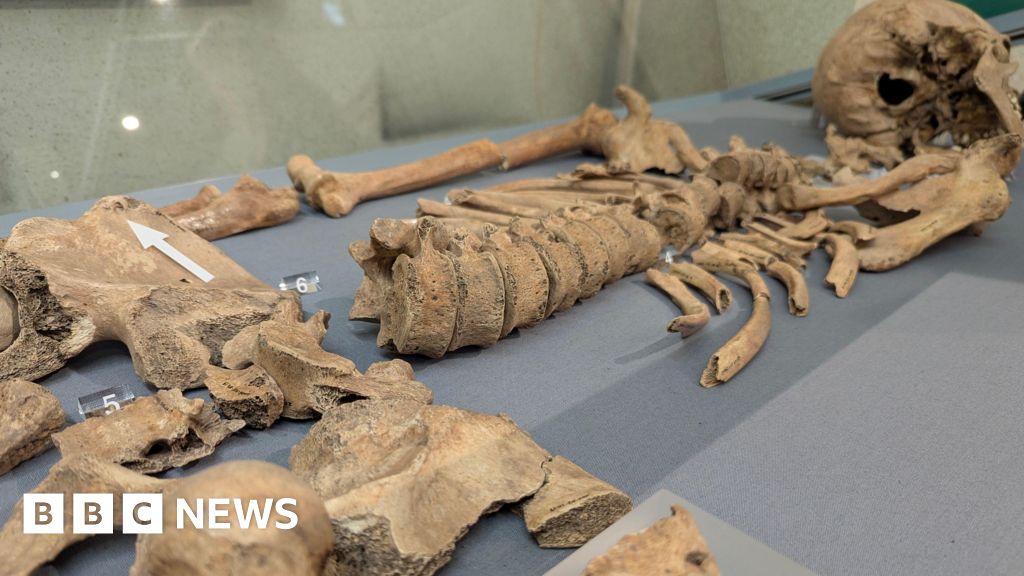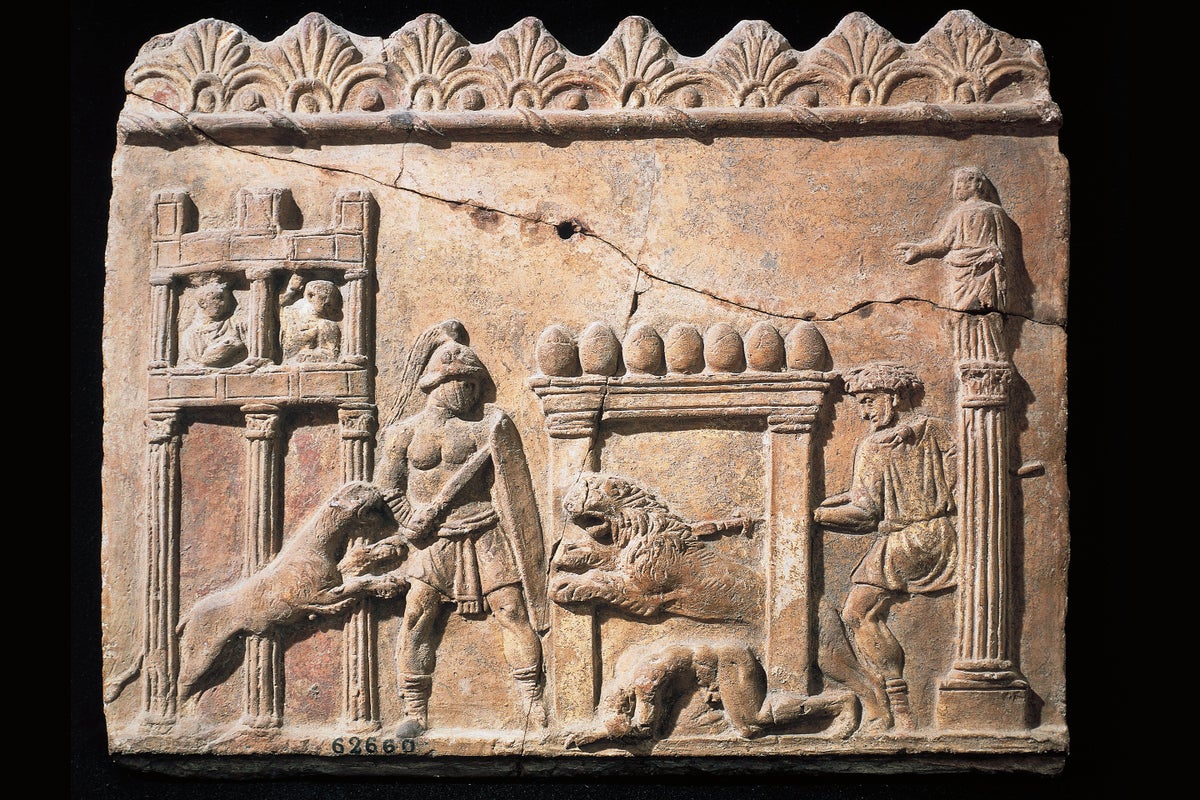First Archaeological Evidence of Gladiator-Lion Combat Unearthed in York
A skeleton from a Roman cemetery in York reveals the first physical evidence of gladiators fighting lions, reshaping our understanding of Roman entertainment.
Subscribe to unlock this story
We really don't like cutting you off, but you've reached your monthly limit. At just $5/month, subscriptions are how we keep this project going. Start your free 7-day trial today!
Get StartedHave an account? Sign in
Overview
The discovery of a skeleton with lion bite marks in York provides the first physical evidence of gladiatorial combat with animals, challenging previously held beliefs that such events were limited to Rome. Through forensic examination, experts confirm the existence of gladiators, known as bestiarii, who fought beasts for public entertainment. This groundbreaking find also raises questions about the organization and spectacle of such events outside of Rome, indicating that the brutal culture of the gladiators was widespread across the Roman Empire and integrated into local lifestyles.
Report issue

Read both sides in 5 minutes each day
Analysis
- The discovery of a skeleton with lion bite marks provides the first physical evidence of gladiator combat with animals, challenging previous reliance on historical texts and art for understanding Roman spectacles.
- The forensic analysis indicates that this gladiator was likely incapacitated during a fight with a lion, reshaping perceptions of gladiatorial events beyond the Colosseum.
- This finding highlights the widespread nature of Roman entertainment culture, suggesting that significant spectacles involving animals were part of life even in provinces like York.
Articles (5)
Center (1)
FAQ
Alongside lion bite marks, many skeletons showed perimortem decapitations and battle-related injuries. Genomic analysis revealed individuals of diverse origins, including Middle Eastern and European backgrounds, consistent with gladiator recruitment practices.
Key identifiers include evidence of specialized combat injuries, perimortem decapitation patterns, and lion bite marks. Gladiators are often buried in group cemeteries with standardized burial practices, unlike soldiers or prisoners.
It proves that exotic animal spectacles occurred in distant provinces like Britannia, indicating organized logistics for capturing/transporting lions and a widespread cultural adoption of imperial entertainment practices.
Forensic comparisons with modern zoological specimens and 3D analysis of bite shape/depth matched lion dentition patterns, ruling out other predators.
Some scholars suggest the victim could be a condemned criminal executed via animal attack (damnatio ad bestias) rather than a professional gladiator.
History
- This story does not have any previous versions.




